Fresh fruit cobbler is a quick and easy way to turn juicy, delicious, fresh fruit into a mouth-watering dessert. It is faster to assemble and bake than pie, but meets so many of the same cravings.
There are quite a few styles of cobbler, but they all involve a thick topping over a thick and juicy fruit filling. Cobbler is an American dish through and through. It was born in the colonies when British settlers could not find the ingredients they wanted to create certain puddings. They improvised and put together a biscuit-type crust over a thick filling. Cobbler can also be called a Buckle or a Betty.
Follow these ten tips to create a juicy and flavorful cobbler filling topped with, a salty-sweet flaky crust.
Cobbler Crafting
1. Choose the perfect topper.
Cobbler recipes are all about the topper. Decide what kind of crust you want to place on your cobbler before you begin to hunt for the perfect recipe. Cobblers are commonly topped with a biscuit, pie dough, or batter crust. Each variety of topper bakes slightly differently and requires a unique temperature and baking time.
In general, a drop biscuit crust takes the least amount of time to bake and assemble. Once the drop biscuit dough is mixed, use a spoon to drop dough onto the filling to form the crust. Some like to leave it in small, biscuit-sized dollops, one for each serving. Others like to spread the biscuit dough into a thin layer and then cut the crust into portions once it is baked. Spreading the dough will make it cook faster and more evenly.
Pie dough crust must be rolled out and set on top of the cobbler filling. This type of crust can be difficult to cut and often sinks within the cobbler. However, that just means it is coated in delicious filling!
Batter crust often takes the longest to bake. It is based on cake batter, usually vanilla flavored. For a more flavorful cobbler, replace the vanilla cake ingredients with spice cake ingredients. This works especially well with peach cobbler. With a batter crust, the filling becomes almost suspended within the batter as it bakes. Be sure that the crust is fully baked around the fruit as this area often remains raw when the rest of the crust is done.
If any type of crust begins to brown too quickly, cover it with aluminum foil for the remainder of the baking time. Test for biscuit and batter crust doneness with a toothpick. It should come out clean or with a few fully baked crumbs. Pie crust cobbler topper is ready when it is golden and feels firm, but not hard.
2. Filling should be juicy, not wet.
As you prepare your fresh fruit filling, keep in mind that you want it to have a deep, fruity flavor and thick texture. It should be a little juicy, but not wet. Too much juice will also make your crust bake unevenly and have a soggy texture. Drain off excess juice from your fruit before adding it to your filling. As it bakes, the fruit will release enough juice to give your cobbler a delicious flavor without compromising its texture.
3. What size should your cobbler be?
Cobbler is extremely versatile when it comes to size. You can make individual cobblers in small ramekins, jars, or mugs. Cobbler can be made in a 9x13 casserole dish, a pie plate, or cake pans as well. Just adjust the bake time accordingly, the smaller the pan or baking dish, the shorter the baking time. You could also make individual cobblers in small aluminum foil loaf pans or aluminum foil pot pie pans and give them as gifts.
4. Add ingredients at the right temperature.
For the flakiest biscuit or pie dough crust, refrigerated ingredients must be added to the recipe cold. This is the beauty of cobbler-crafting. It can be assembled on a whim since your ingredients do not have to come to room temperature! Batter crust ingredients should be added at room temperature, just like you would for baking a cake.
5. Mix with a light hand.
Each type of crust requires its own mixing method. However, they will all become tough if they are over-mixed, so be careful. Batter crust can be mixed with a whisk or electric mixer. When there are no more lumps in the batter, it is ready to be poured over the filling and baked.
The simplest way to make pie dough crust is in the food processor. Simply add ingredients according to your recipe and pulse until they form a ball. As soon as a ball is formed, roll it out immediately on a floured surface or refrigerate the dough in the fridge for about 30 minutes.
Refrigerating the dough will make it easier to roll, but it will also increase the baking time. Biscuit crust dough can be mixed with a spoon or your hands, but remember to be gentle. Once the dough begins to follow your spoon or hands around the bowl, it is ready to place on top of your filling.
6. It’s okay to be shallow.
When you choose the baking dish or pan for your cobbler, pick one that is large enough for your filling to spread out. Ideally your filling should not be more than 2 inches deep. This gives you a good crust to filling ratio and helps the crust to bake and the filling to thicken at the same rate.
7. Sprinkle on the sugar.
After you have placed, poured, or spread your cobbler topping over the filling, sprinkle on some sugar. For biscuit and batter recipes, simply sprinkle on 1-2 Tbsp of granulated sugar or cinnamon sugar. Spread 1-2 Tbsp of softened or melted butter over pie crust topper for added richness and color before sprinkling on the sugar or cinnamon sugar.
8. The protect your oven.
Cobbler is notorious for boiling over in the oven! Protect your oven from spills and drips by placing your baking pan or dish on a metal sheet tray while it bakes. This will catch escaping juices and keep your oven clean. If you are serving from the baking pan or dish, be sure to wipe off any drips before setting it on the table or tablecloth to avoid sticky messes.
9. Serving and storing your cobbler.
Serve individual cobblers in their baking dishes or portions of larger cobblers in a bowl or on a plate, depending on how loose your filling is. While cobbler is delicious at room temperature or straight from the fridge, it is best when slightly cool from the oven and topped with a scoop of vanilla ice cream or a dollop of chilled whipped cream!
10. Cobbler shortcuts and mock cobbler.
If you are short on time and still want to enjoy cobbler, try these shortcut versions:
Recipes:
Rhubarb and Pomegranate Cobbler
Sources:
https://whatscookingamerica.net/History/CobblerHistory.htm
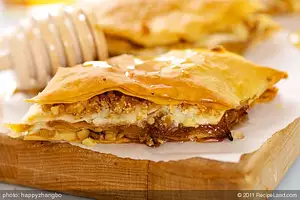


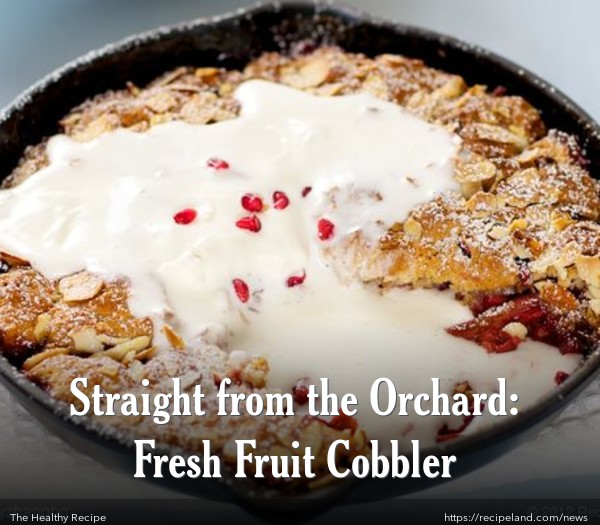
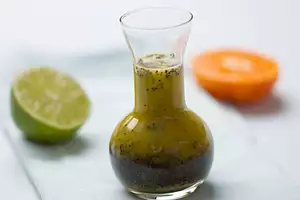


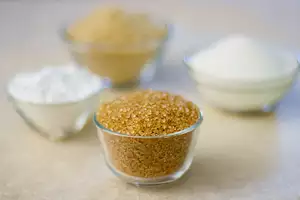

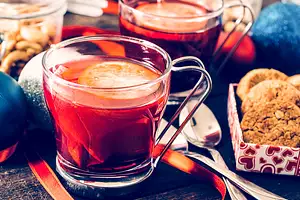
Comments